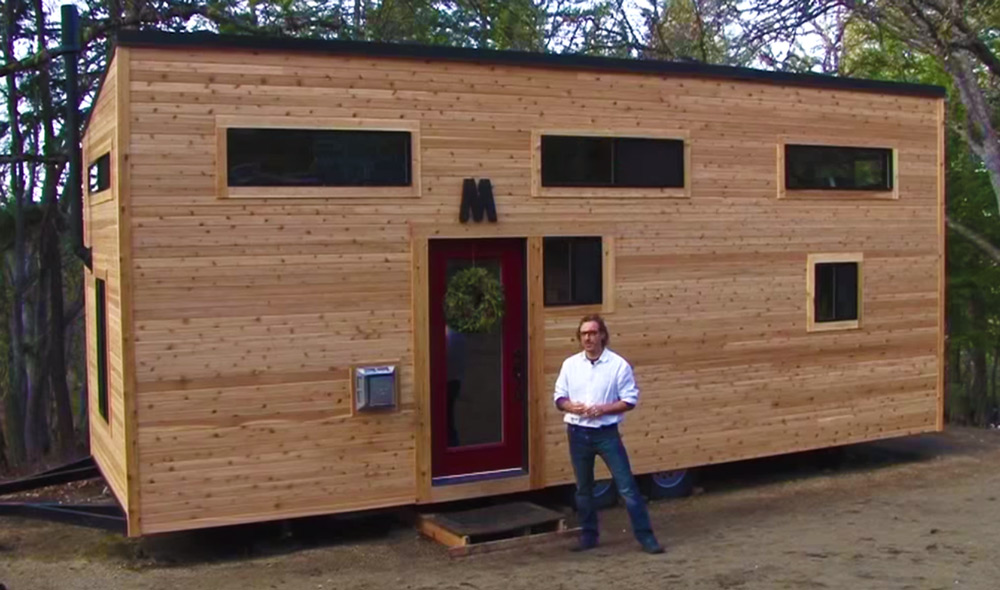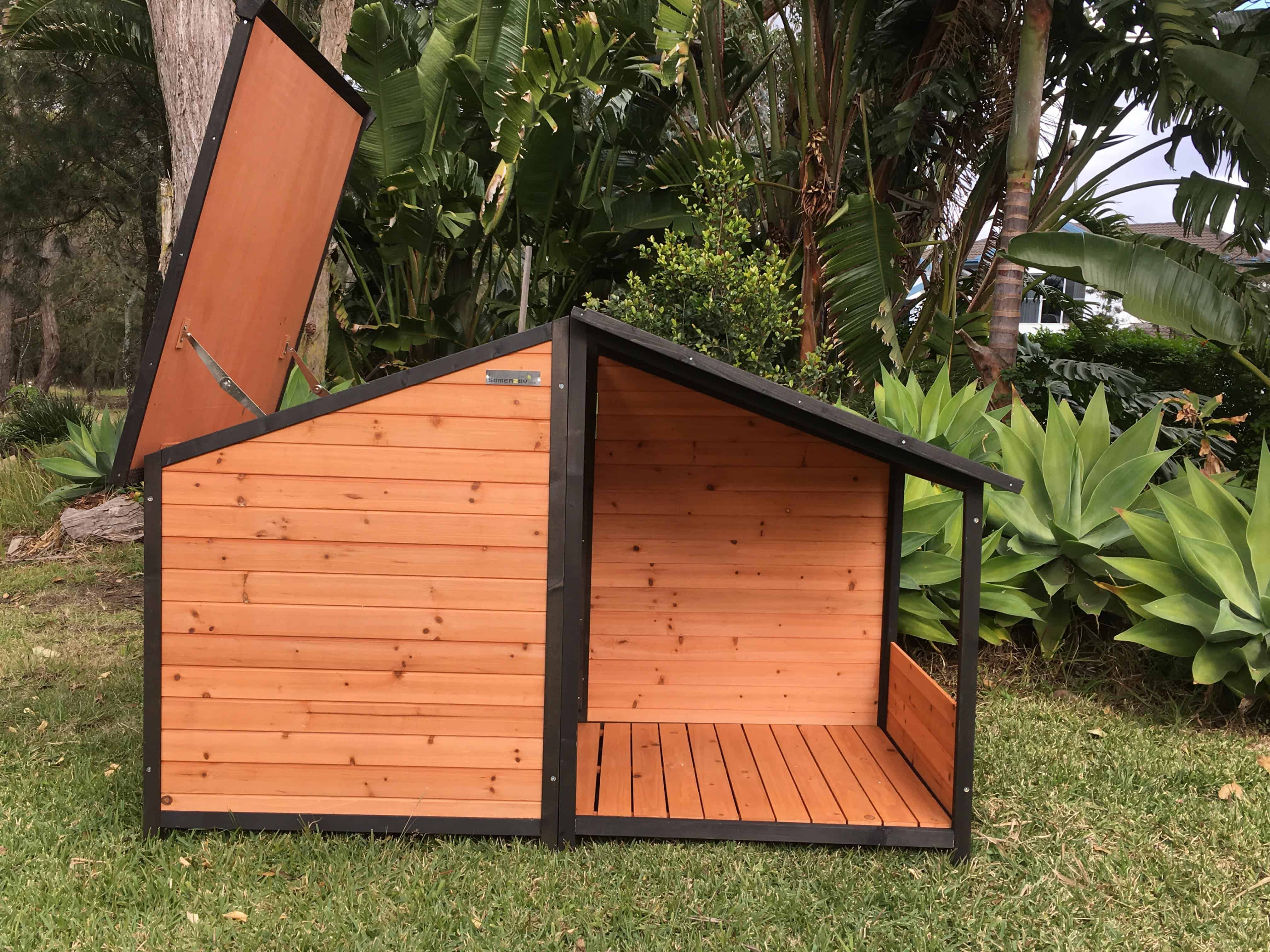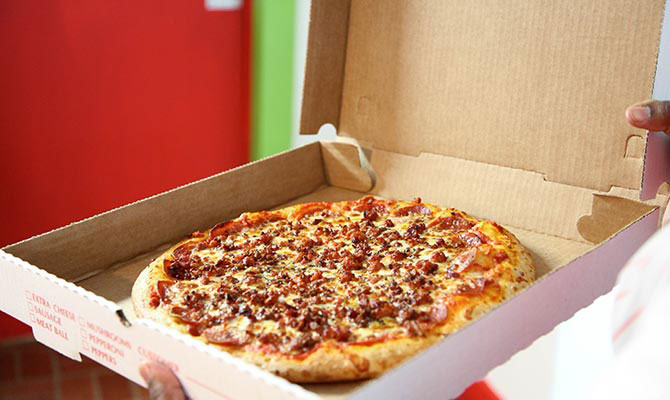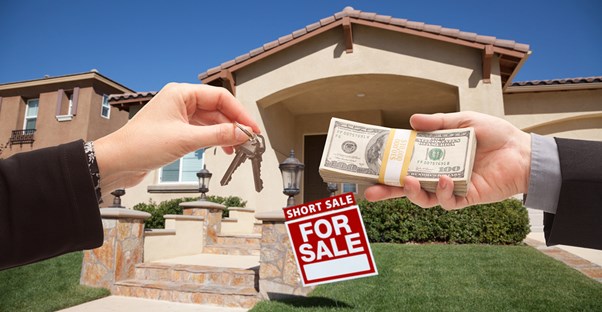Table Of Content

If you’re looking for a home that values sustainability, then a tiny house is for you. Tiny houses are designed to be more eco-friendly with very low environmental impacts in comparison to traditional homes. They use less energy and water, require less land, create less waste and typically have a smaller carbon footprint. The copper, brass, etc that makes up the raw materials are what they are.
Buying land for a tiny house
If you are curious about tiny homes and how you might be able to afford them, you’re not alone. There are ways to finance your own tiny home that could make your tiny house wish come true. To get more information on financing tiny homes, it’s best to talk to a qualified real estate professional who has a background specializing in unique lifestyles. It’s alright to reach out to someone, even if you aren’t sure a tiny home is for you.
Cost to wire a tiny house
NYC to pay lucky homeowners up to $395K to build a tiny home as part of new program - New York Post
NYC to pay lucky homeowners up to $395K to build a tiny home as part of new program.
Posted: Mon, 27 Nov 2023 08:00:00 GMT [source]
Expect your house's materials to set you back anywhere from $14,000 to $55,000. If your tiny house is not on wheels, odds are it will likely be classified as an Accessory Dwelling Unit or, as they are more commonly called, ADU. You may have heard of ADUs in the context of mother-in-law apartments or carriage houses. Basically, these buildings are small dwellings that are located on the same plot of land as a larger, more regularly sized building. You may be surprised to learn that if your tiny house is enabled with wheels, it is technically no longer considered a house but rather a vehicle.
Tiny-House Building: DIY vs. Hiring a Professional
Kit homes cost under $10,000, but this is not a DIY project you want to do without prior construction experience, so this option isn't for everyone. Modular homes skew higher, but offer premade components that fit together to create your new home (via Rocket Mortgage). Modular homes are built off-site and are customized to your specifications; when completed they are brought to the site of your already created foundation and the sections are put together to create your home. Modular homes take less time to construct since they are made in climate-controlled factories not subject to the vagaries of weather. Tiny houses can cost over twice that much, costing up to $400 per square foot for professionally built tiny houses. Not only are they less expensive to build and maintain, but they also save money on housing costs.
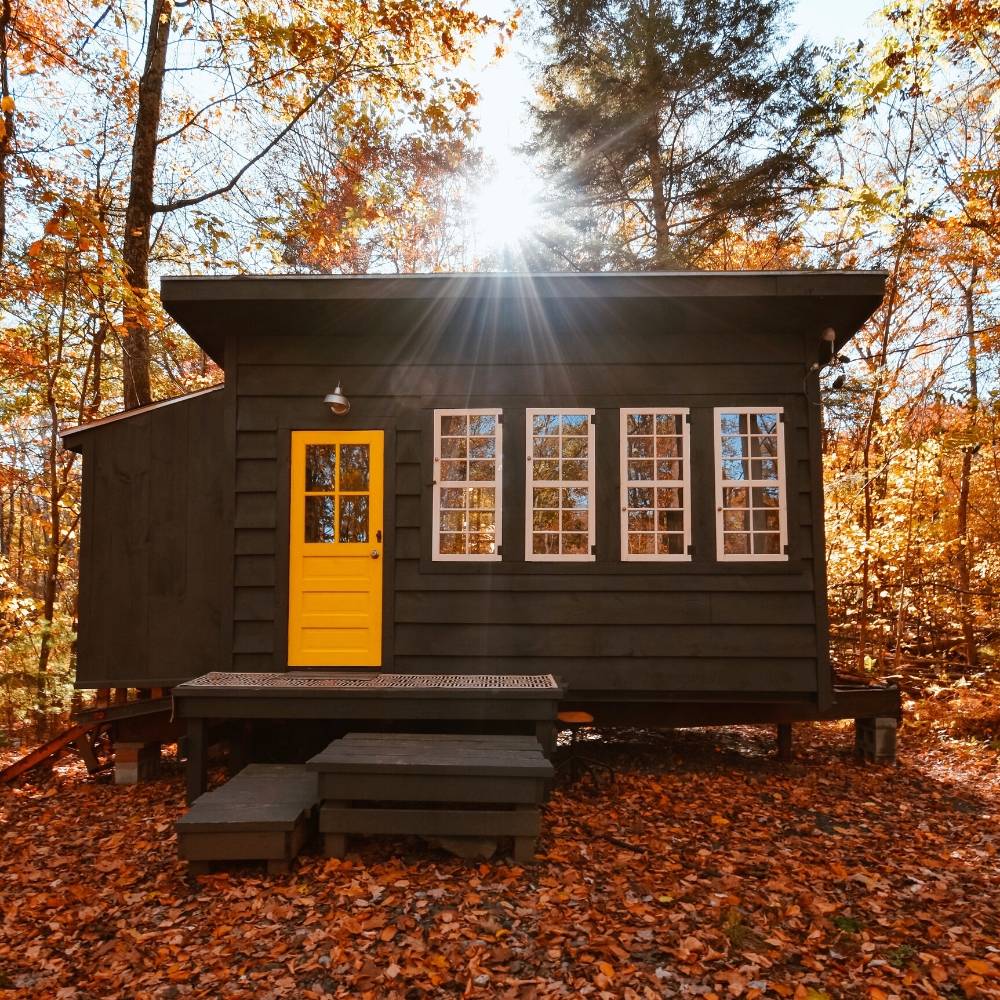
Tiny homes in S.F. cost $113K each. Nonprofit says it can beat price - San Francisco Chronicle
Tiny homes in S.F. cost $113K each. Nonprofit says it can beat price.
Posted: Fri, 15 Dec 2023 08:00:00 GMT [source]
Costs of tiny home will vary depending on the size of your home, location, and whether you will be hiring a custom builder/designer. However, my 24′ tiny home on wheels built from scratch cost me around 30k including renting a parking space to build it. However, it is not uncommon for custom-built tiny homes to cost $100,000+ with additional features and financing plans. In this chapter, we explore actual tiny house costs and how much you should budget for your project.
Homeowners who opt to live in a tiny house are choosing a more eco-friendly method of homeownership. Tiny houses require a fraction of the energy needed to heat and cool, and they contain far fewer materials that are not sustainable. For eco-conscious buyers, a reduced carbon footprint is a significant reason for investing in a tiny house.
You may not need to concern yourself with this aspect, since professionals and companies typically handle permits on their own (despite you still paying for it). Permitting can cost anywhere from a couple hundred to a couple of thousand dollars, depending on location and the exact rules of your locale. FHA mortgage rules require that the home is no smaller than 400 square feet, is on a permanent foundation, and meets all state and local building code requirements.
Tiny house permits and zoning

A tiny house is generally considered to be a dwelling of around 225 square feet. However, sizes can vary, with most tiny houses falling under 400 square feet and some reaching up to 600 square feet. Most materials range in price from lower-end (also called builder-grade) to higher-end, custom options.
But as you work the cost of the home into your budget, be sure to include lesser-known things like permits, land and other extras as well. Finish woods are where you can spend some real money, from a few hundred to a few thousand. At it’s simplest you could build out your interior cabinets and built ins with MDF which runs about $35 a sheet. My preference is Birch Ply which runs about $50 a sheet because I can stain it or paint it, it’s a much nicer project.
The following table shows the cost ranges for several popular tiny-house brands. The size of the tiny house is a significant factor in calculating the overall cost. No matter what type of house is being constructed, whether it’s conventionally sized or tiny, average costs run about $200 to $400 per square foot.
Off-grid means that the home will not be connected to municipal-owned utilities such as water, electricity, and sewage. Instead, the home will need to rely on alternative sources of energy as well as a septic tank and well water. Solar panels and generators are some of the most common energy sources for off-grid power.
These can be riskier for the lender, so you may need a large down payment and a high credit score. Standard tiny home maintenance, like replacing light bulbs or fixing minor plumbing issues, costs around $550 to $1,000 per year. Repair costs will depend on the materials you choose, but tiny house repairs are less expensive than repairs for standard-size dwellings. Tiny homes on wheels tend to experience more wear and tear since they frequently travel through different climates. There are a lot of professionals to hire when building a house, tiny or not. From architects to general contracts to engineers and more, you’ll need to reserve 30% to 60% of your budget for labor.

